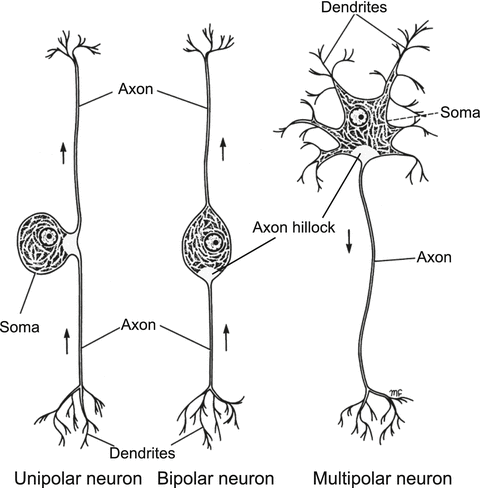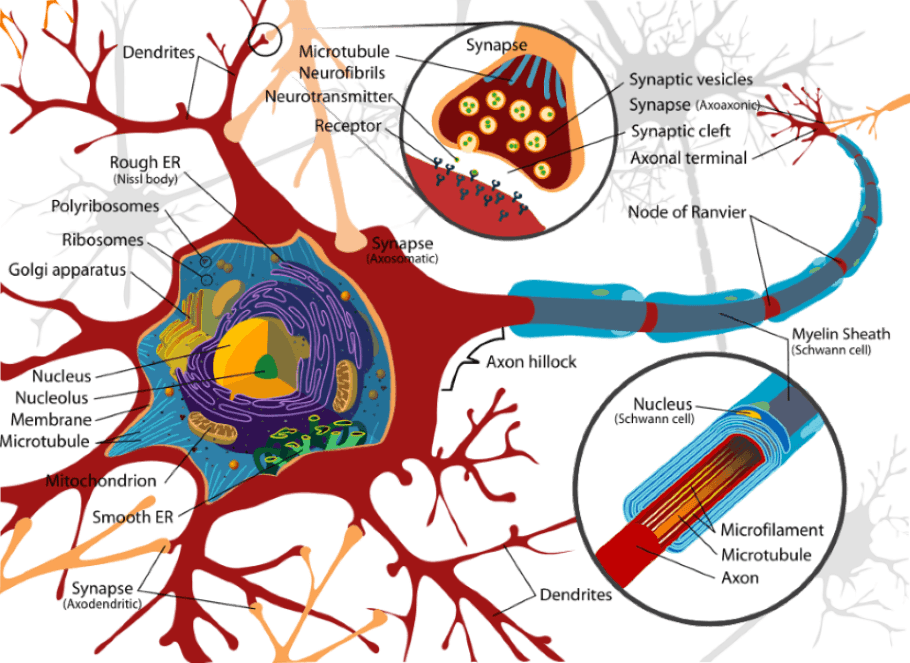

Neuronal atlas of the dorsal horn defines its architecture and links sensory input to transcriptional cell types. Genetically defined inhibitory neurons in the mouse spinal cord dorsal horn: a possible source of rhythmic inhibition of motoneurons during fictive locomotion.

Reactivation of dormant relay pathways in injured spinal cord by KCC2 manipulations. A 3D fiber-hydrogel based non-viral gene delivery platform reveals that microRNAs promote axon regeneration and enhance functional recovery following spinal cord injury. A MnO 2 nanoparticle-dotted hydrogel promotes spinal cord repair via regulating reactive oxygen species microenvironment and synergizing with mesenchymal stem cells. Promising neuroprotective strategies for traumatic spinal cord injury with a focus on the differential effects among anatomical levels of injury. Microglia-mediated neurotoxicity: uncovering the molecular mechanisms. Repertoire of microglial and macrophage responses after spinal cord injury. This microinvasive treatment leads to notable functional recovery in rats with contusive spinal cord injury.ĭavid, S. The nanodrugs exhibit dual functions in the injured spinal cord: scavenging accumulated reactive oxygen species in the lesion, thereby protecting spared tissues, and facilitating the integration of spared circuits into the host spinal cord through targeted modulation of inhibitory neurons. Upon intravenous administration, the nanodrugs enter the injured spinal cord due to a disruption in the blood–spinal cord barrier and disassembly due to damage-triggered reactive oxygen species. Here we report the development of a microinvasive nanodrug delivery system that consists of amphiphilic copolymers responsive to reactive oxygen species and an encapsulated neurotransmitter-conjugated KCC2 agonist. Although multiple pathological events are implicated in spinal cord injuries, the development of a microinvasive pharmacological approach that simultaneously targets the different mechanisms involved in spinal cord injury remains a formidable challenge.

Despite considerable unmet medical needs, effective pharmacological treatments that promote functional recovery after spinal cord injury remain limited.


 0 kommentar(er)
0 kommentar(er)
